The 2N128 and 2N129, initially released by Philco in 1953, were the first commercially produced surface barrier transistors. Surface barrier transistors make use of an improved manufacturing process, in which jets of indium sulfide were used to erode a germanium die down to a thickness of only a few thousandths of an inch. Indium was then electroplated to each side of the die, resulting in a junction with superior high frequency response to the point contact and alloy junction transistors available at the time. The 2N128 contains a vertically mounted surface barrier die bonded to a three pin base, which is packaged in an pill-shaped TO-24 aluminum enclosure. The example shown here is a second-sourced variant produced by Sprague.
Philco surface barrier transistors were a commercial success, and saw use in a number of historic devices including the UNIVAC LARC supercomputer, the AN/GSQ-33 ground guidance computer for the Atlas ICBM, and the Athena ground guidance computer for the Titan 1 ICBM. Philco surface barrier transistors were also used in Explorer 1, the first satellite launched into orbit by the United States and the third in the world, following the successful launch of Sputnik 1 and Sputnik 2 the prior year by the Soviet Union.


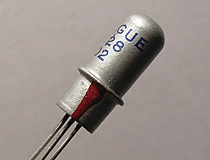
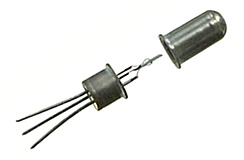
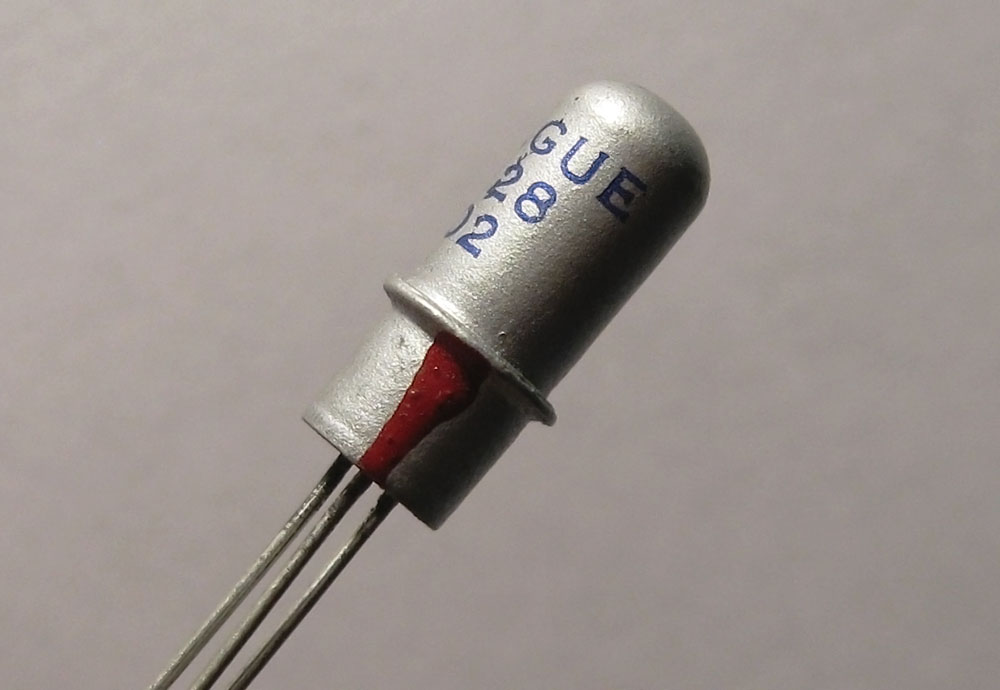
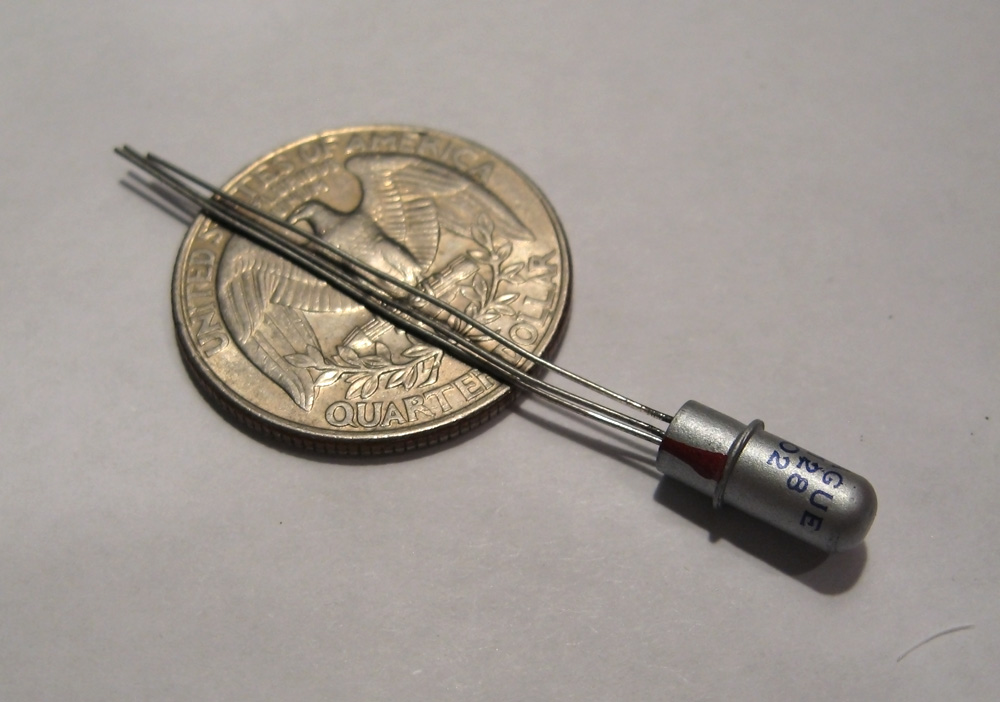
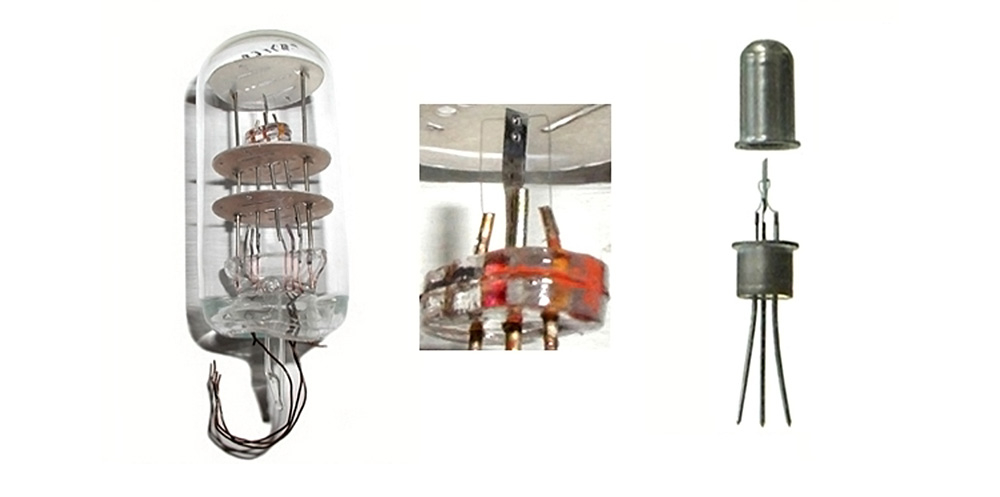
 Return to Transistors and Diodes
Return to Transistors and Diodes